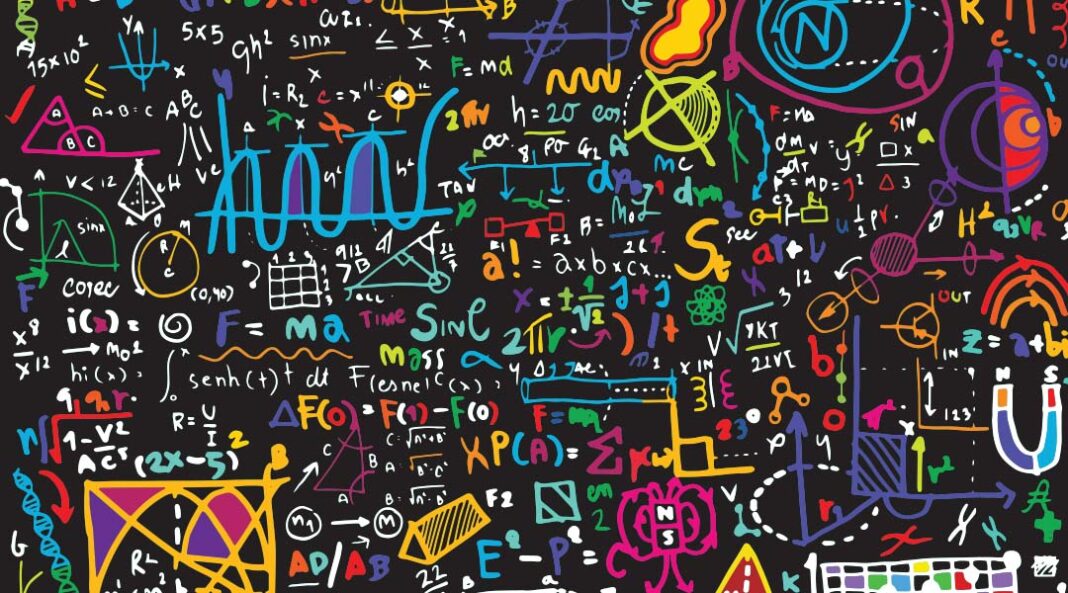
The contents of this post are compiled from Stephen Wolfram’s Release Announcements for 12.1, 12.2, 12.3 and 13.0. Here are the updates in data and data science since then, including the latest features in 13.0. Use Mathematica for machine learning, with different algorithms, including linear, multiple, and logistic regression decision trees and data clusteringĭata scientists new to using Wolfram and Mathematica as a language/tool to program in. Programmers should have some prior programming experience, but can be new to the Wolfram language.Two years ago we released Version 12.0 of the Wolfram Language.Import, export, analyze, and visualize data.Create datasets, work with data frames, and create tables.Use Mathematica to explore data and describe the concepts using Wolfram language commands.You'll learn to use its notebooks as a standard format, which also serves to create detailed reports of the processes carried out.


Along the way you'll appreciate how Mathematica provides a complete integrated platform: it has a mixed syntax as a result of its symbolic and numerical calculations allowing it to carry out various processes without superfluous lines of code. You'll cover how to use Mathematica where data management and mathematical computations are needed.

You'll see how to use the Wolfram language for data science from a theoretical and practical perspective. Learning this language makes your data science code better because it is very intuitive and comes with pre-existing functions that can provide a welcoming experience for those who use other programming languages. The book will introduce you to the Wolfram programming language and its syntax, as well as the structure of Mathematica and its advantages and disadvantages. Enhance your data science programming and analysis with the Wolfram programming language and Mathematica, an applied mathematical tools suite.


 0 kommentar(er)
0 kommentar(er)
